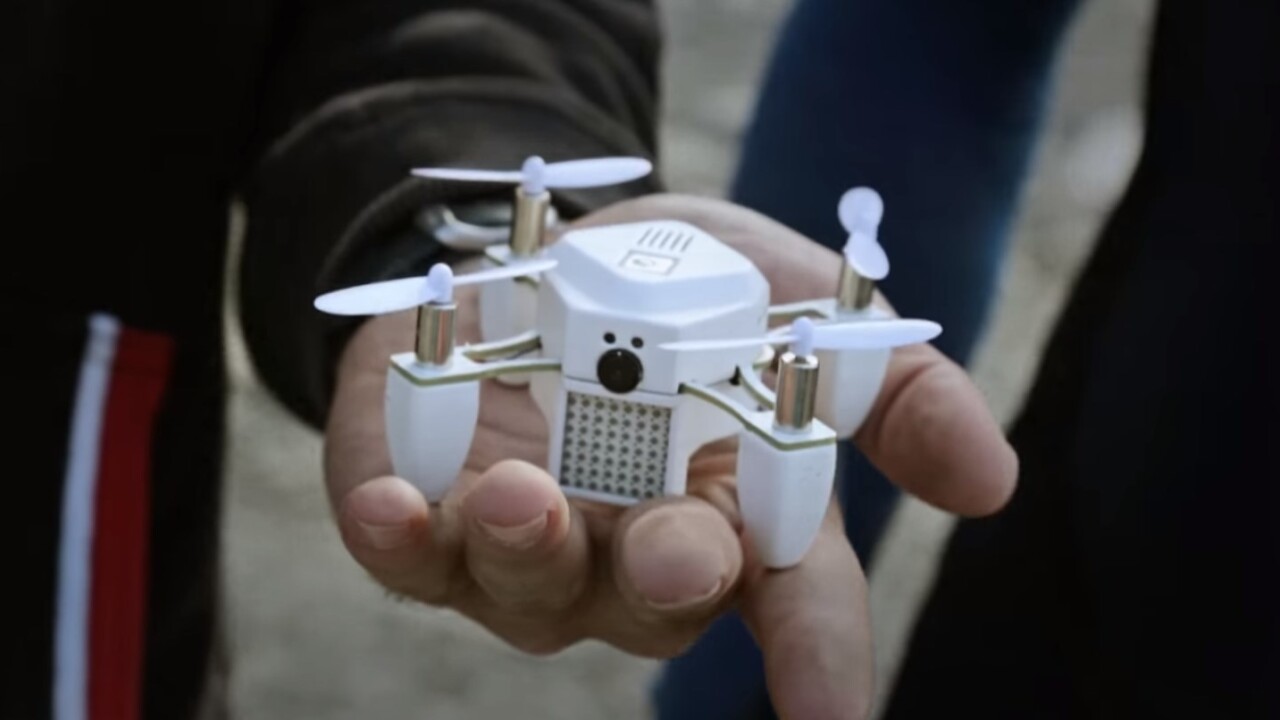
Kickstarter has commissioned a freelance journalist to investigate a high-profile drone project that failed after raising nearly $3.5m on the crowdfunding platform.
The move is an odd one for a company that tends not to get overly involved when Kickstarter projects go awry. Zano’s swarming drone project is by no means alone in the ‘currently undelivered’ category; LightFreq is just one other project that far surpassed its initial goal, but has never materialized for backers.
In a statement given to the BBC, Kickstarter said:
“It’s OK for Kickstarter creators to take on big ideas and fail, but we expect transparency and honesty along the way. The backers of the Zano project deserve a full account of what happened, so we’ve hired Mark to produce an independent report.”
For the backers of Zano, that’s perhaps some cold comfort at their lost cash, but with a number of other failed projects left in its wake, is it a strategy that the company will expand to other projects?
Naturally, it’s a question I’ve asked but I’m yet to get a response.
Publicly stating that it wants to get to the bottom of the story is a new move for Kickstarter, and can perhaps be taken as a sign that the company’s beginning to heed the voices of disgruntled project backers around the world, who’ve lost millions of dollars along the way. Kickstarter deducts its fees before the cash is transferred to a successful project creator, so it’s not a (directly) financial problem for the company, but it is one of trust.
If a high-profile campaign that raised millions of dollars can be left to go unchecked after announcing voluntary liquidation, that’s not going to build a lot of trust in other smaller projects for potential backers.
To combat this growing feeling, rival platform Crowd Supply takes a far more hands-on approach to ensuring that creators deliver projects, and so far claims to have a 100 percent success record.
Getting to the bottom of the story might help ease Zano’s backers pain a little, it’s not going to help much in stopping it happen again unless additional measures are put in place.
I’ll update this article accordingly, if Kickstarter responds to my questions.
Update: A spokesperson for Kickstarter responded to say:
“The Zano project launched a month after we updated our terms of use. One change in that update was that we laid out a path creators should follow if their projects are failing. The terms set up a contract between creators and backers that, in the event of project failure, requires the creator to come forward and explain what happened and how funds were used.
Get the TNW newsletter
Get the most important tech news in your inbox each week.




